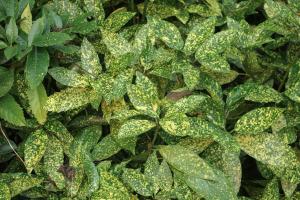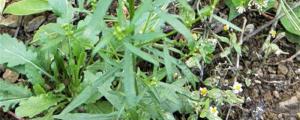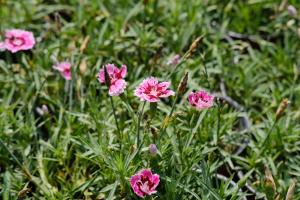Introduction
Trees and plants have been a significant part of our planet's environment for millions of years. They have played an essential role in maintaining the balance of the ecosystem by providing a natural resource that benefits all living things on earth. Trees and plants are essential natural resources that have been used for various purposes, including food, shelter, and medicine for humans, animals, and other organisms. This article will explore the importance of trees and plants as natural resources, their benefits, and their impact on our planet.
The Importance of Trees and Plants as Natural Resources
Trees and plants provide an array of benefits that make them one of nature's most valuable resources. Some of the critical roles that trees and plants play in our environment include:
They help regulate the earth's temperature by absorbing carbon dioxide from the atmosphere and releasing oxygen during photosynthesis.
They prevent soil erosion and filter water, which helps to purify the water and make it safe for human consumption.
They provide habitat and shelter for countless animal species, including birds, insects, and mammals.
They provide a renewable source of energy through their use in biofuels and other eco-friendly technologies.
They have medicinal properties and are used in various medical treatments.
The Benefits of Trees and Plants to Humans
Trees and plants offer several advantages to humans, including:
Food: Trees and plants provide food in the form of fruits, vegetables, nuts, and grains. These foods are essential for our health and well-being and are a primary source of nutrition for many people around the world.
Shelter: Trees and plants offer shelter from the elements, providing shade in the summer and protection from wind and rain in the winter.
Medicinal properties: Many trees and plants have medicinal properties and are used to treat various ailments, including fever, pain, and inflammation.
Air purification: Trees and plants absorb carbon dioxide and other harmful pollutants from the air, making the air cleaner and healthier to breathe.
The Impact of Deforestation
Deforestation is the removal of trees from forests, usually due to human activities. The process of deforestation has a significant impact on the environment and human health. Some of the effects of deforestation include:
Soil erosion: Deforestation leads to soil erosion, which can result in reduced agricultural productivity and the loss of nutrients from the soil.
Climate change: The removal of trees from forests results in an increase in atmospheric carbon dioxide, contributing to climate change.
Loss of wildlife habitat: Deforestation destroys the habitat of many animals, leading to the extinction of species.
Reduced rainfall: Trees play a crucial role in the water cycle by releasing water vapor into the atmosphere, which forms clouds and eventually leads to rainfall. Deforestation can reduce rainfall, leading to droughts and other weather-related incidents.
Conclusion
In conclusion, trees and plants are essential natural resources that have been an integral part of our planet's environment for millions of years. They have provided countless benefits to humans, animals, and other organisms throughout history. However, their significance cannot be underestimated, and we must take active steps to preserve and protect them from deforestation and other forms of destruction. By doing so, we can ensure that future generations will continue to enjoy the many benefits that trees and plants provide.

 how many times do yo...
how many times do yo... how many planted tre...
how many planted tre... how many pine trees ...
how many pine trees ... how many pecan trees...
how many pecan trees... how many plants comp...
how many plants comp... how many plants can ...
how many plants can ... how many plants and ...
how many plants and ... how many pepper plan...
how many pepper plan...






























